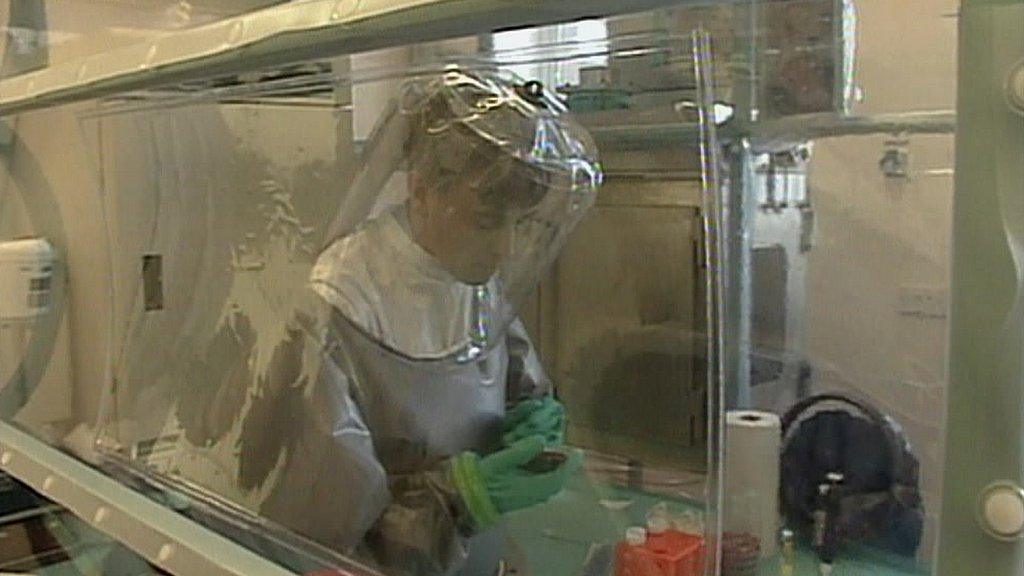Inside Britain's secret weapons research facility
- Published
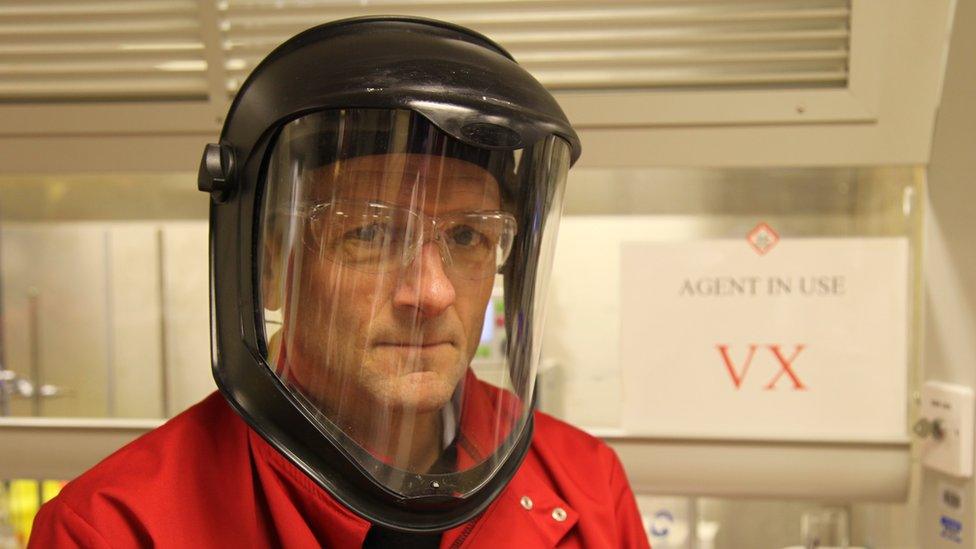
As Porton Down marks its 100th anniversary, what really goes on inside Britain's most secretive and controversial military research base?
Porton Down - also known as the Defence Science and Technology Laboratory - is where much of our top-secret military research is concentrated. It has a budget of £500m a year and employs more than 3,000 scientists. It is the most controversial, most misunderstood and, some say, most-feared scientific institution in Britain. Though many will have heard of Porton Down, few will have much idea about what goes on inside.
So I was delighted when I was invited to go behind the fence, make a documentary about the research that goes on there.
Set in more than 7,000 acres of English countryside, Porton Down was created 100 years ago in response to the German gas attacks of World War One. The first of these attacks against British troops involved the use of chlorine. Thousands of soldiers, who had no idea what they were facing, suffered severe chemical burns or died in agony. Chlorine was soon joined by mustard gas and phosgene.

Find out more

Inside Porton Down: Britain's Secret Weapons Research Facility is on BBC Four on Tuesday 28 June 2016 at 21:00 BST - catch up on BBC iPlayer

Lord Kitchener, Britain's secretary of state for war, demanded an immediate response. This led to the setting up of Porton Down. Scientists based there swiftly developed gas masks and began testing ways to launch similar gas attacks against the Germans. The result of this tit-for-tat was the death and injury of hundreds of thousands of soldiers and civilians. It is one reason why WW1 is sometimes called "the chemist's war".
Horrified by what had been unleashed, the major world powers signed the Geneva Protocol in 1925, banning use of chemical weapons - but, oddly, not their development
In the 1950s, during the Cold War, Porton Down scientists developed two novel chemical agents, the first of which is still sometimes used against humans. It's called CS gas (after the initials of men who discovered it), but it's better known as tear gas.
Tear gas is non-lethal. It's used for crowd control in other parts of the world, but in the UK the only people who are ever deliberately exposed to it are British troops, as part of their training. I was curious to see what it was like.
So, wearing a respirator I was led into a small airtight room filled with swirling clouds of gas. I took off my mask and tried to talk. The first breath was fine. The next was like inhaling fire. I immediately began to cough and gag and my only thought was to escape. I fled outside, lent against the fence and tried not to throw up
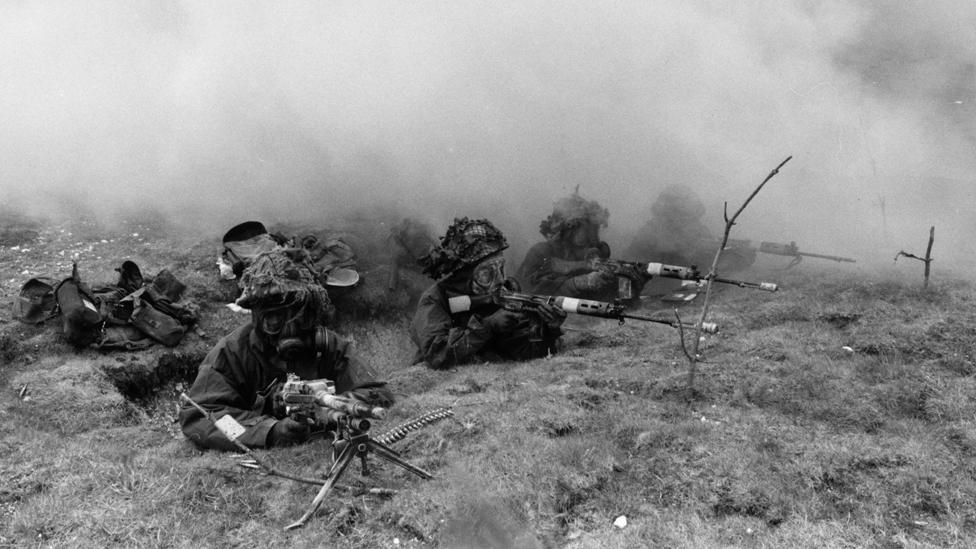
CS gas is not particularly dangerous, but another chemical agent which was also developed at Porton Down during the 1950s certainly is. It's a nerve agent called Venomous Agent X or VX. Like other nerve agents, such as sarin (first developed by the Germans in the 1930s) even brief exposure rapidly leads to convulsions, paralysis and death.
We were the first television crew to be allowed into one of Porton Down's most secure laboratories, where I watched a chemist carefully make up a bath of VX. The reason chemical agents such as VX and mustard gas are still manufactured on site is to test that equipment issued to troops is proof against attack. And that is because these chemical agents are still being used, particularly in the Middle East.
In March 1988 at least 5,000 Kurds, men, women and children died at Halahbja after being attacked by Saddam Hussein's forces with sarin and mustard gas. More recently there is evidence (collected by Porton Down scientists) that sarin was used against civilians in Syria.
Porton Down's mission is, these days, purely defensive. They are there to develop better ways to protect British troops and civilians against attack. Some of what they are doing feels distinctly sci-fi.
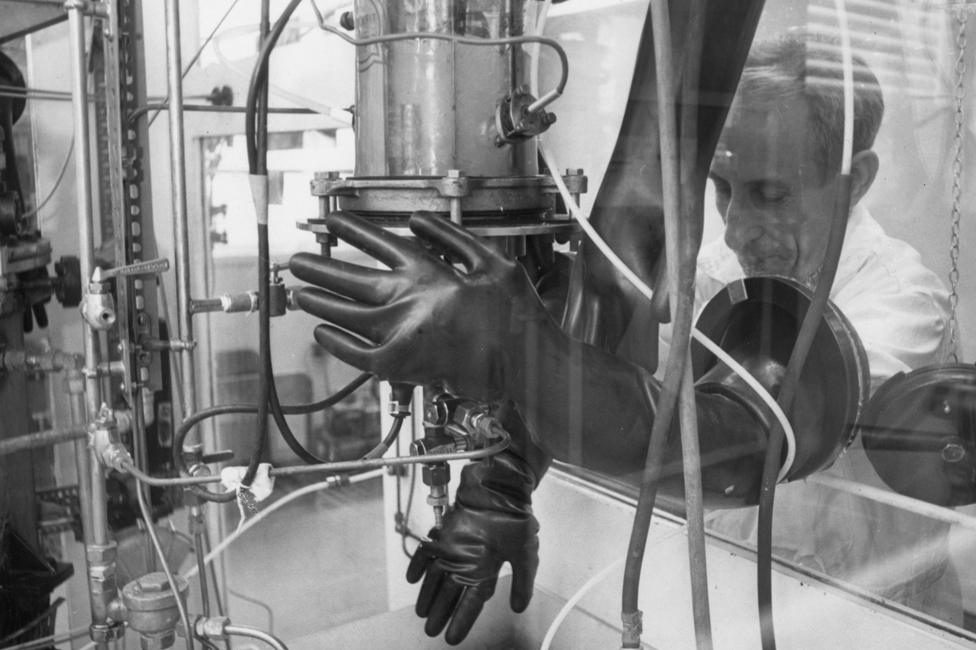
They are, for example, working with Birmingham University on a device that can detect tiny fluctuations in gravity. The hope is that this will, in the future, enable them to see through walls and deep underground.
Other research likely to have a more immediate impact is the use of "synthetic biology" to create body armour which would be more lightweight, flexible but which would still stop bullets. The idea behind synthetic biology is that by studying how animals create protective shells we will be able to grow ceramic body armour from first principles.
One of the most chilling bits of research I saw, however, was their work studying potential biological threats. There is, for example, concern that a terrorist group might decide to attack us using a "dirty bomb" containing something like the ebola virus, which has a mortality rate of up to 90%.
An experiment I watched in a Category IV laboratory (the highest level of security) suggests that ebola does indeed have the potential to be used as a weapon, although fortunately there are currently significant technical and practical barriers to its use.
I am also cheered by the thought that looking forwards and successfully responding to new threats is what the scientists of Porton Down have been doing for the last 100 years.

A century at Porton Down
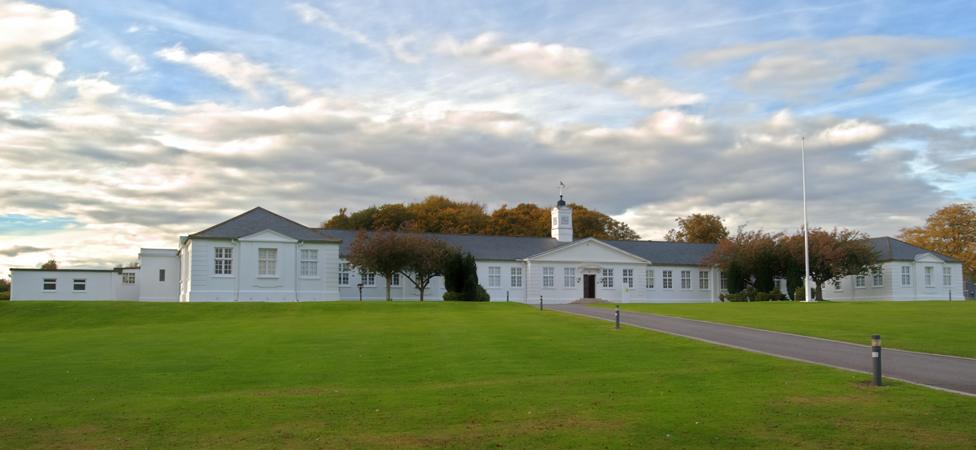
1916: A facility at the 3000-acre site is established
1920: Research starts on whole-body protection against mustard gas
1930: Porton Down scientists conduct tests on the London Underground to assess vulnerabilities to chemical or biological attack
1940: Site expands and biological warfare research starts
1946: scientists conduct research into war gases and nerve agents with the help of volunteer military personnel
1989: Nerve agent trials cease
1997: Chemical Weapons Convention comes into force, requiring all members to dispose of chemical weapons and their production facilities
1999: Wiltshire Police begin a four-year investigation into the human experiments at Porton Down nearly 50 years earlier
2008: MoD awards £3m compensation to 360 veterans of the tests without admission of liability
2013: Dstl scientists test samples from Syria for Sarin
Source: Dstl, BBC

Subscribe to the BBC News Magazine's email newsletter to get articles sent to your inbox.
- Published23 May 2016
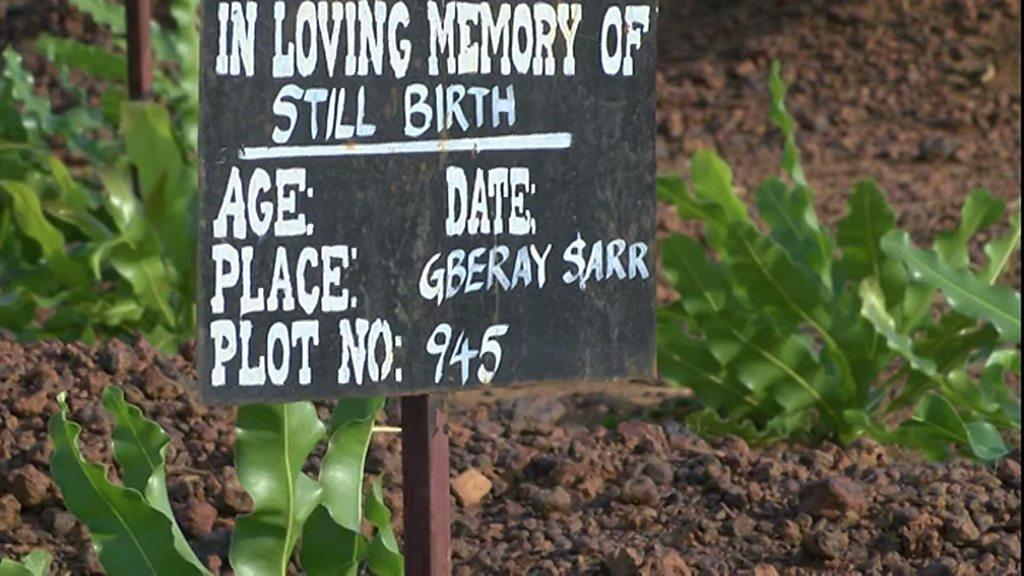
- Published4 January 2013
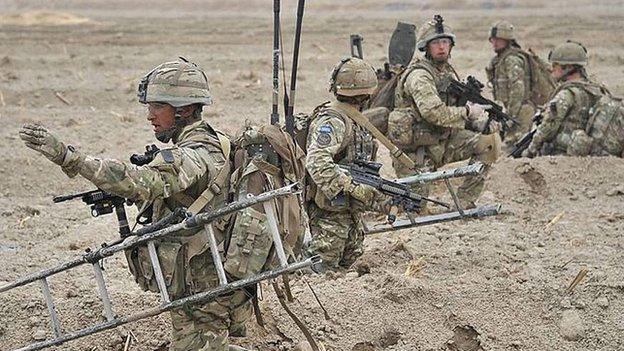
- Published24 August 2012
